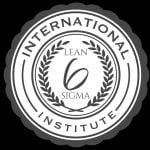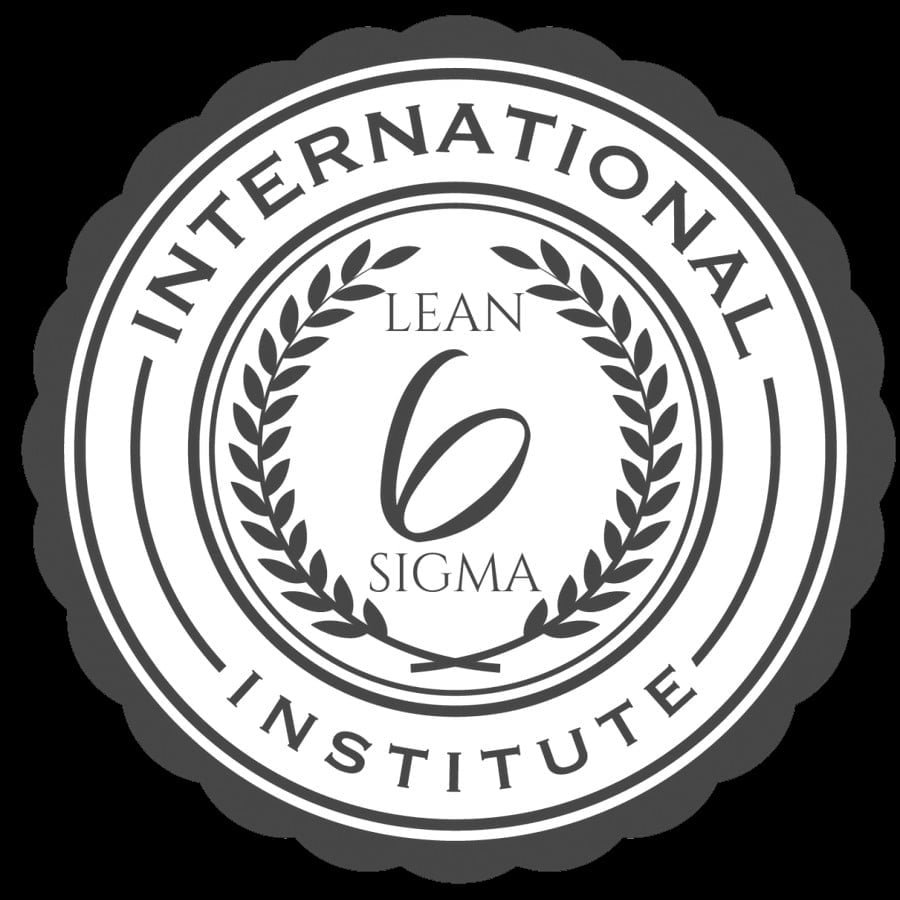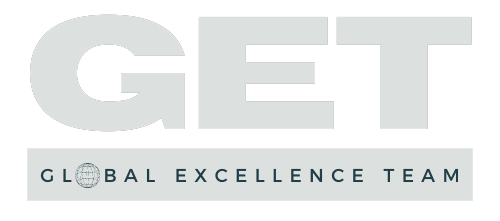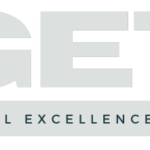Description
Lean Six Sigma Yellow Belt
Lean Six Sigma is an effective framework that is helping many organisations achieve breakthrough process improvement towards operational excellence. Lean attained prominence from the research work carried out (1985-1990) into the differences in the operations of motor vehicle companies across the Globe. Since then, it has been shown that its techniques and principles are universally applicable across all industries. Many organisations are realising measurable improvements with Lean Six Sigma and as such have become more effective and efficient in their use. This invariably leads to a culture of continuous improvement with the way we work.
There are three main levels of this methodology and they are designated with the appellation of belts – Yellow Belt, Green Belt and Black Belt. Our focus is the attainment of the Yellow Belt, which is the foundation level and afterwards, the Green Belt, which is the practitioner.
The Yellow Belt course lasts for 2 days and there is a multiple-choice online examination at the end. There is no prerequisite for attendance.
The Green Belt course is for another 3 days, thereafter. There is no formal examination at the end, but the submission of a completed DMAIC improvement project will be required for the award of the Green Belt certification. For those who desire to attain this belt level, there are two requirements that must be fulfilled:
- they must have passed the Yellow Belt examination; and
- must have a proposed process improvement project authorised by an appropriate authority in the bank, which they come along with to the course
WHO SHOULD ATTEND?
The Lean Six Sigma Yellow Belt course is suited for anyone who is interested in business performance improvements. It literally can be anyone who is looking for ways to make improvements to how they work and be able to obtain quick wins with the application of process improvements.
- Managers
- Supervisors
- Team leaders and team members
- Programme & Project Managers
- Etc
OBJECTIVES
The objectives of the Lean Six Sigma Yellow Belt course include:
- To give an understanding of the key principles and concepts of Lean Six Sigma
- To introduce the basic Lean Six Sigma tools and techniques that become the skills needed to improve workplace efficiency
- The importance of recognising process, value and customer, as well as being able to remove waste and create a logical flow
- An introduction to the standard frameworks of the DMAIC cycle and other improvement techniques for practical solutions
- Understand the importance of continuous improvements and prepare the participants for the Yellow Belt certification
The topics to be covered during the Yellow Belt course include the following:
- Lean Six Sigma Overview (history and main concepts)
- Roles in Lean Six Sigma
- Types of Waste (Muda)
- The Six Sigma Metric
- Lean Six Sigma principles
- Types of improvement methodologies
- Project Charter, including the components, such as:
- Problem Statement, Goal Statement and Business Opportunity Statement
- The Voice of the Customer (VoC) and Voice of the Business (VoB)
- Affinity Diagram
- Kano Diagram/Analysis
- Critical to Quality concept
- Types of Measure
- Process Performance Baseline
- Process Mapping
- Value Analysis
- Root Cause Analysis – 5 Why’s / Ishikawa (fishbone) diagrams
- Selecting Improvement Solutions
- Risk Management – FMEA (overview)
- 5S / Poka Yoke
- Standardised work
- Sustaining improvement
- Ongoing process measurement
- Statistical Process Control (SPC) – overview
THE LEAN SIX SIGMA CERTIFICATION EXAMINATIONS
The certification achievable is from the recognised and accredited International Lean Six Sigma Institute (www.ilssi.org).
The certified Yellow Belt exam is:
- Online (on laptop or desktop – with Windows or Apple device)
- Proctored
- 50 Questions (multiple choice) – 35/50 (70%) to pass
- 60 minutes duration
- Open book


































